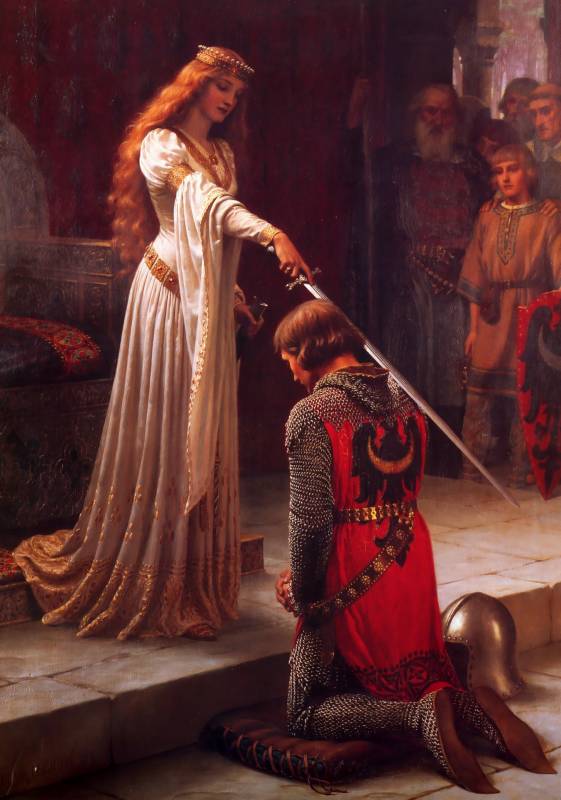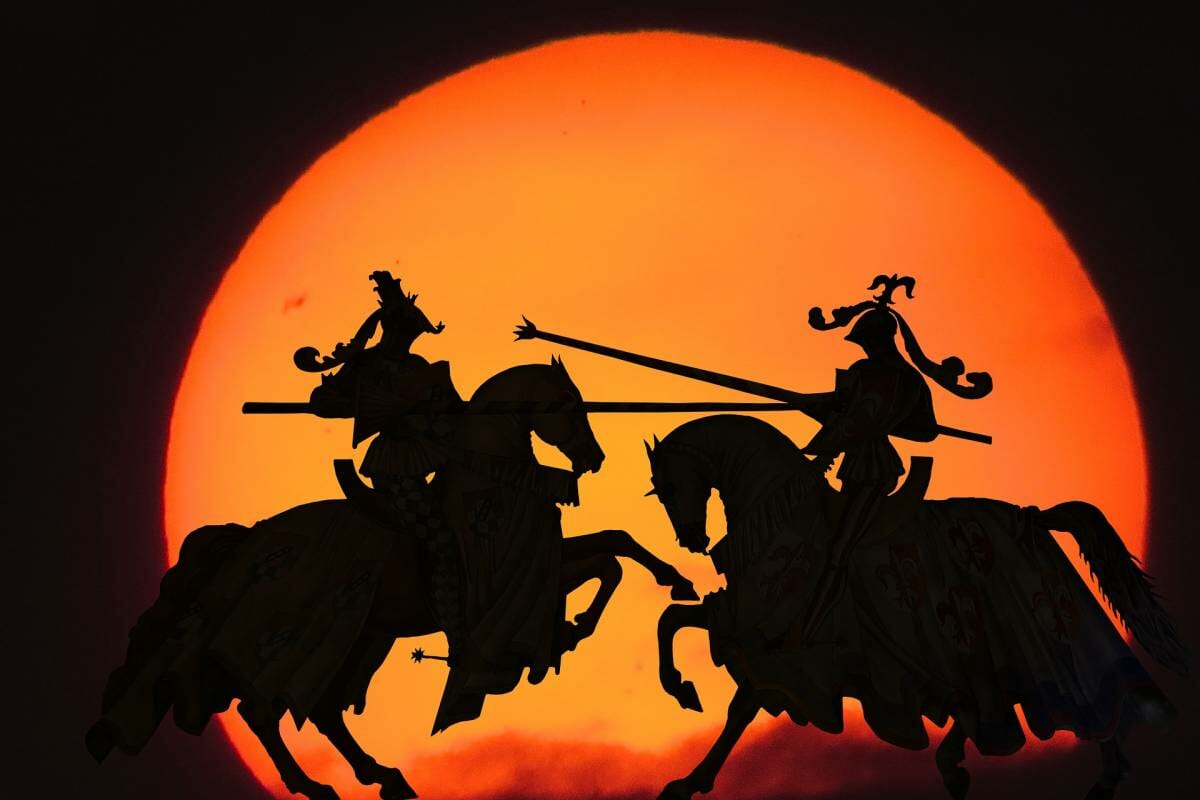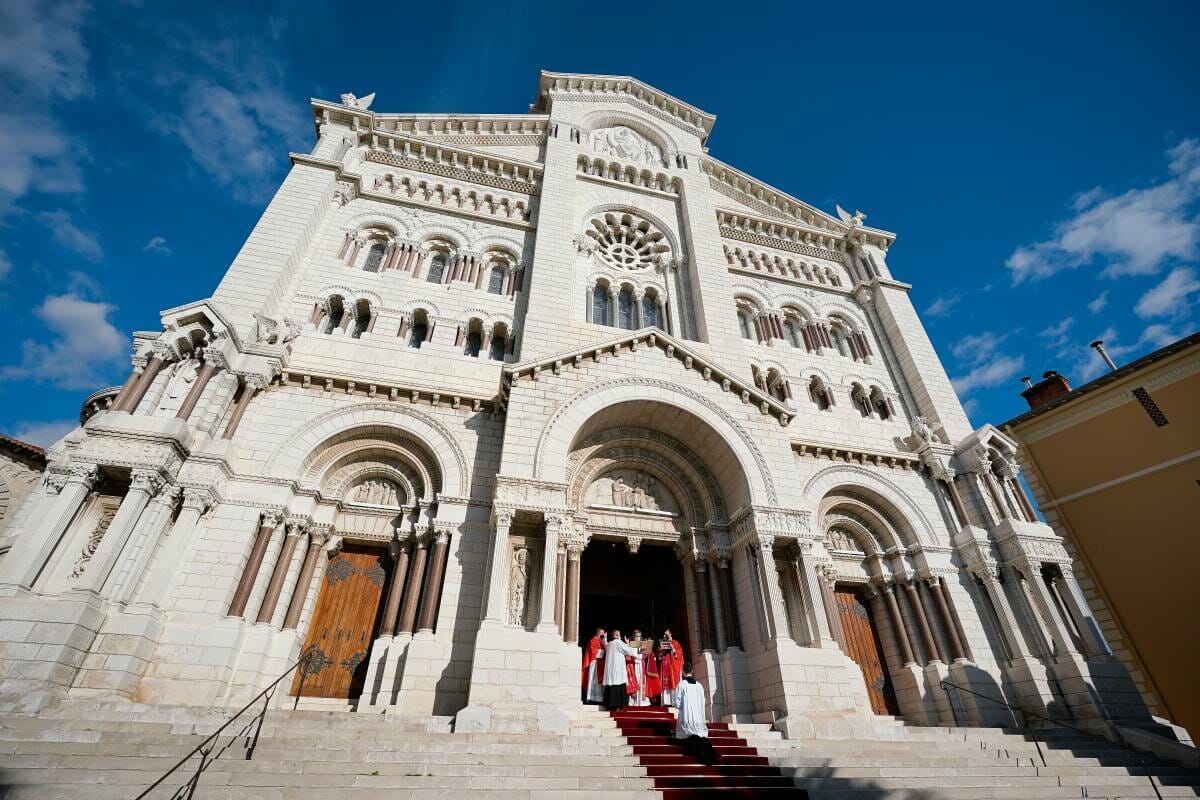Every year, thanks to Saint Valentine, ladies receive bouquets of flowers, chocolates, cards, and some lucky ones even get jewelry and marriage proposals. We are all excited for the Valentine’s Day. However, many of us have never thought about the origins of St. Valentine, giving us our little happiness.

Three Valentines
The history of the celebration goes back to the Roman times and doesn’t happen to be romantic in any way. The Catholic Church recognizes three saints named Valentine, who were martyred in the name of their faith. However, none of them has anything to do with patronizing the beloved. The first of them died in Carthage alongside with other believers. The second was a bishop of Terni (in Italy), executed during the persecution of Christians. The third – presbyter Valentin- was beheaded in 270 and was buried along the Via Flaminia. The relics of the Presbyter Valentine are resting partly in Rome, partly in Dublin and those of the bishop – in the city of Terni.
After the reform of the Roman Catholic Saints calendar in 1969, the church celebration of St. Valentine’s was abolished due to the absence of any information about this martyr. The Roman Catholic Church does not perform any special service on the day. It is believed to be more of a folk tradition rather than a religious celebration. Instead, the Catholic liturgical calendar celebrates the memory of the Equals-to-the Apostels, Cyril and Methodius, on February the 14th.

The Middles Ages
We owe our romantic stories and legends about unfortunate lovers to the medieval authors. That is when the Valentine’s Day starts to be perceived in its modern conception. According to one legend, Valentine was a priest who lived during the reign of the evil Emperor Claudius II. The latter banned all wedding ceremonies not to burden his soldiers with family duties. He believed that unmarried men were the best warriors. Valentine, compassionate with the lovers, was secretly consecrating these marriages. The authorities soon learned about his “illegal” activities and sentenced the priest to death.
The English and French XIV century literature, in particular, “the father of English poetry” Geoffrey Chaucer finally established the 14th of February as the Day of All Beloved in his poem “The Bird Parliament”. The English poet thus gives a romantic connotation to the Valentine’s day for the first time ever.

According to the Brockhaus and Efron Encyclopedia, the 14th of February in England and Scotland has its own traditions. On the eve of St. Valentine’s, the young lads were putting tickets in a box bearing the names of young girls. They would then each draw their own ticket. In the coming year, that a particular girl would become his “Valentina” and a Dame of heart whom he would serve like a medieval knight.
The custom of sending cards to your loved ones on the Valentine’s Day also dates back to the Middle Ages. The very first “valentine” is a love letter sent by the Duke of Orleans to his wife in 1415 from the Tower of London where Charles I was imprisoned after the Battle of Agincourt. The legendary letter was a poem of his own making, presently on a display at the British Museum.

Nowadays celebrations
Nowadays, the Valentine’s Day is celebrated on a grand scale in the US, Canada, Mexico, France, Australia and the UK. In the 17th century the British started a tradition of sending wishes to their friends and loved ones with a help of special cards.
In the early 18th century the oriental “language of flowers” came into fashion. Special dictionaries were published explaining the meaning of different plants. The red rose, a flower of the Roman goddess of love Venus, is still an integral part of the St. Valentine’s. However, the most popular symbols of the day are images of hearts, Cupids and pigeons dating back to the 18th century.
In the early 1900, certain religious celebrations took a completely commercial scale. Christmas is now officially the most commercial holiday of the year, while Valentine’s Day is another “gold mine” for flower shops, restaurants and merchants selling festive paraphernalia.

The 19th century saw the mass production of Valentine cards. According to the statistics, they are the most popular printed products in the world. On the 14th of February the British mail is having hard times, with about 25 million cards being sent on the occasion by the British in love. The Americans, however, beat all records. In 2015, the Valentine’s Day brought 18.9 billion dollars into the US budget. What are the traditional gifts for the day?

According to the National Retail Federation US, consumers spend an average $165 on Valentine’s Day gifts and celebrations. Nearly three-quarters (73 percent) of consumers celebrating Valentine’s Day feel it is important to do so. Usually consumers plan to gift their loved one with an evening out, they plan a special dinner or celebration in the comfort of their own home.
With the advent of internet, love letters and postcards became available online and their number has grown to 15 million worldwide. A quarter of the Thai population thus prefers online valentines. Japan has another tradition of ladies giving chocolates to their loved ones. And 85% of French women expect a ring for a gift!
Germany comes most resistant to this “flower and candy” holiday with 31% of its population forgetting about the day altogether.










